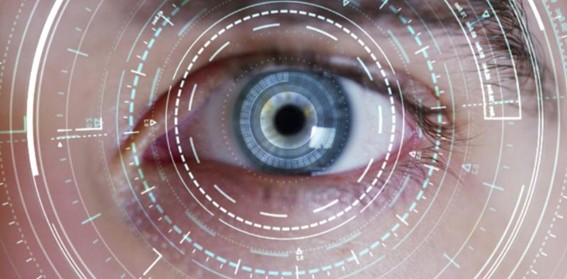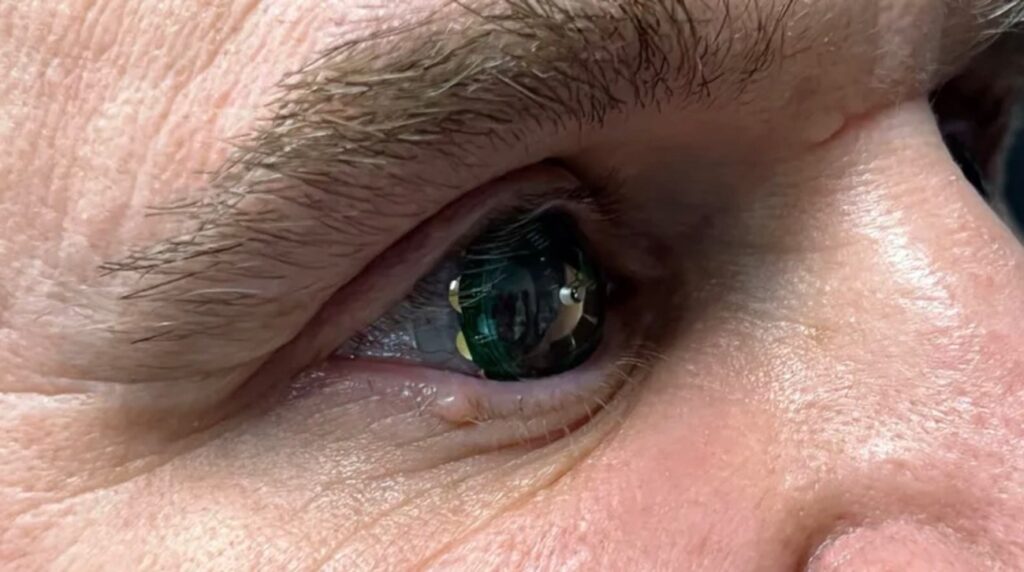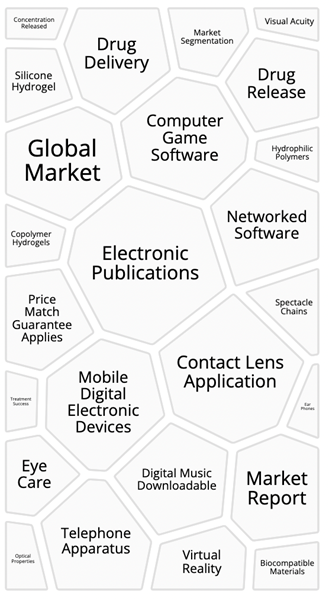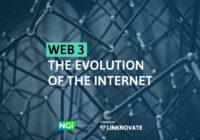
Exploring the limits of our vision has always been part of our curiosity as a society. How far we see, how clear we see and how real what we see is, are questions that we are always asking ourselves. Companies such as Oculus and their VR headsets or Mojo with their smart contact lenses are bending the limits even more.
At a glance, our innovations in vision started hundreds of years ago and have set the path for great advances in science: from the first ophthalmology surgery (e.g. cataract surgery as early as 600 BC), to the latest progress in astronomy with Nasa’s James Webb space telescope and the possibilities offered by spectroscopy and electron microscopy.
Right now the hype is all around VR and AR. In fact, according to Fortune Business Insights the Virtual Reality market size will be worth USD 84.09 B in 2028 with a 44.8% CAGR, while Augmented Reality will have a 48.6% CAGR and reach a market size worth USD 97.76 B in 2028. That is a massive growth in both markets that shows how new devices and technologies are here to fulfil our perpetual desire to see what is not within our reach.
Let’s look at the leading innovations in these areas:
1. Eye tracking

Eyes are the last stronghold for connecting. In recent years they have been used as an alternative for communication for patients with mobility and speech impairments. A big part of the research on diseases like amyotrophic lateral sclerosis (ALS) is focused on eye tracking. As an example, the solutions presented by Samsung, Irisbond and Fundación Luzón consist of an app that uses the camera to control IoT home devices besides communicating with other people.
Another R&D advance shows how a completely locked-in man could use brain-computer interface to communicate. Researchers at the Wyss Center for Bio and Neuroengineering, in collaboration with the University of Tübingen in Germany, were able to help a person with complete paralysis, who couldn’t speak, to communicate via an implanted brain-computer interface (BCI).
Similarly, Elon Musk with the project Neuralink is laying the groundwork for reading brain waves. The main goal of this technology will be to help paralyzed people regain their independence through the control of computers and mobile devices.
A search in our platform confirms the top two organisations in the field:

2. Smart contact lenses

New applications for contact lenses have been part of the challenges in innovation for years. Alternative uses include drug administration and accessing information.
InnoScout shows us with a simple query (“contact lense” + applications) a few of the most relevant keywords in the area:

If we focus on drug delivery, very close to our headquarters, the University of Santiago has worked on a project to develop contact lenses to administer drugs and substances to combat eye problems. Back in 2010, the focus was on the application of molecular imprinting on soft contact lenses. The lens structure had a set of imprinted pockets that could memorize the spatial features and bonding preferences of the drug and provide the lens with a high affinity. The most recent research is based on using bioinspired hydrogels and strategies that can overcome some limitations of the current designs. Most bioinspired strategies try to mimic the human natural eye movements and blinking to trigger drug release.
Across the pond, Johnson & Johnson Vision Care received FDA Approval for ACUVUE® Theravision™ with Ketotifen, an antihistaminic that will help those with itchy eyes during their allergies. It is considered the world’s first and only drug-eluting contact lens and has also been approved in Canada and Japan.
Another of the outstanding keywords is virtual reality. InWith Corporation is working on facilitating the transition between real life and metaverse. The company demonstrated its ‘flexible electronic circuit’ tech at CES 2022, in Las Vegas.
In a similar way, Mojo Vision, a company part of the Disney accelerator program in 2021, is working to enhance augmented reality. They recently partnered with Adidas and other sports brands to improve athlete’s performance thanks to its AR tech. Their system uses a tiny micro LED display to share critical information without interrupting your focus. It provides crucial data without the need of holding a device or looking down at a screen. They are waiting for FDA approval, but the lenses have already been worn.
3. Digital tools

Consumer products are well known players in the race for Augmented Reality. Ever since the boost of e-commerce after the pandemic, fashion and cosmetic businesses have helped develop tools to help see how good products look on its customers. You don’t need to imagine it, you can see it. The latest collaboration between Loewe and On-Running for example, allows you to try different sneakers. (Click here if you want to change your shoes!)
However, companies such as Xoia are also implementing augmented realities for the industry 4.0. Their digital manuals help technicians see instructions directly on the machine they are working on. Starting up machinery, doing maintenance or troubleshooting becomes more efficient in this way, saving time and increasing safety at the same time.
4. Electron Microscopy
The human desire to discover the unknown has been a catalyst for research. We have always tried to see beyond our limits. The scientific community has achieved milestones such as the LHC (Large Hadron Collider) or the Hubble Space Telescope and most recently, the first pictures from Nasa’s James Webb Space Telescope (JWST) showing infrared images from billions of years ago. With them we have been able to see what our eyes couldn’t, from the Higgs Boson to a massive knowledge of our galaxy which is about to be redefined with the coming information from JWST.
On the other side, we have smaller particles such as muons, one of the fundamental subatomic particles. Muon Systems a Spanish company, applies muon tomography to the industry. They are currently focusing their activity in three specific areas: #industry, #security, and #civilengineering. Using muonic particles they can analyze the density of smelting furnaces, boilers and pipes. It can be used, for example, to analyze the interior of steel pipes that are insulated, or in the measurement in smelting furnaces.
In biotech, companies like Emphasis offer industry Cryo-EM (cryo-electron microscopy), a powerful technique for the visualization and structural determination of biomolecular complexes. The use of Cryo-EM is revolutionizing the structure biology field and is helping solve complex biological systems at an atomic level.
What is essential is invisible to the eye, however, science keeps developing new techniques and technologies that defy the Little Prince’s quote. Using Linknovate you will have the foresight of research and innovation.





